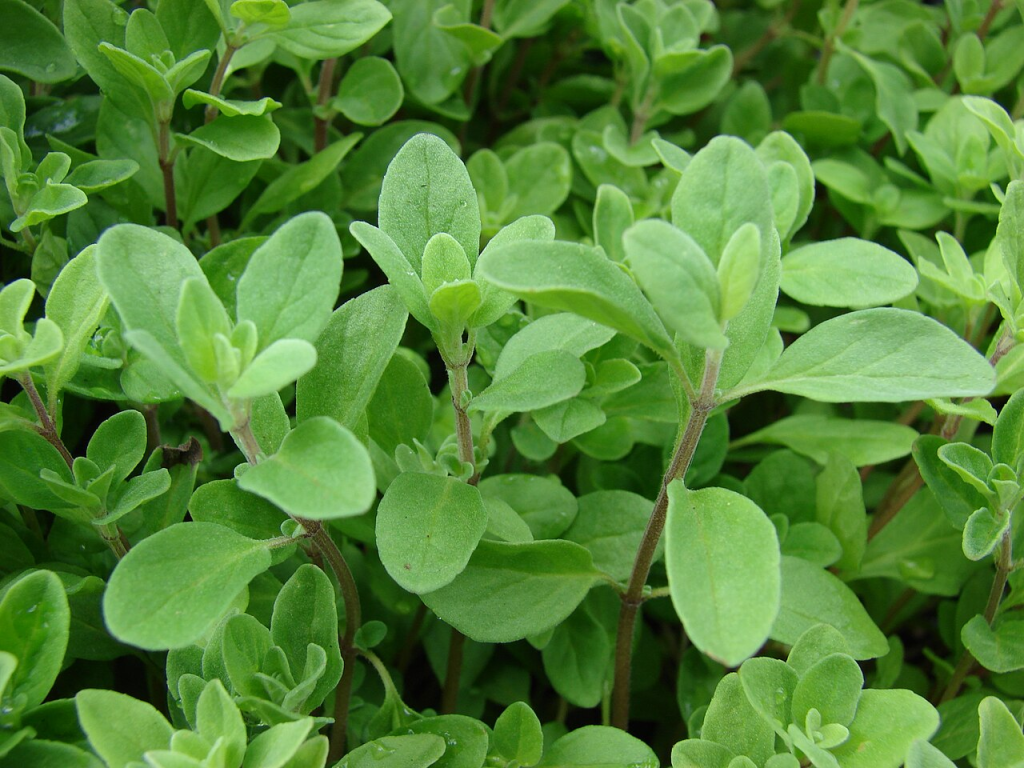
The link between the Virgin Mary and sweet majoram goes back to ancient times. In ancient Greece fragrant garlands of marjoram were given to newly weds to wear around their necks. According to Greek mythology, a Cypriot youth named Amaracus was changed into marjoram by Aphrodite, the Greek goddess of love and beauty. Amarcum was the son of King Cinyra and the perfumer of the royal court. In this capacity he could create all sorts of fragrant odors and aromas. One day he accidentally fell, mixing all the ointments he was holding, and Aphrodite turned him into a marjoram plant. The Romans associated Aphrodite with Venus and the early Christians associated Venus with the Virgin Mary.
Majoram has also been used medicinally since ancient times to treat a variety of ailments from digestion issues, to stress, and headaches. This further linked the herb to Mary who is seen as a nurturing, protective figure. The pleasant aroma and soft texture of the leaves enhanced the association and sweet marjoram earned the name of Mother of God.
Photo Credit: Forest & Kim Starr
Endemic to Cyprus, this tender perennial is a member of the mint family, Lamiaceae, that also includes basil, rosemary and deadnettle. It grows up to 2′ tall and has gray-green leaves that are opposite, ovate, and 1/4-1″ long. In summer, clusters of tiny pink or white flowers appear that are attractive to butterflies and other pollinators. Seeds ripen in mid to late summer.
Sweet majoram likes fertile, medium moist to dry, well-drained soil in full sun, but tolerates some shade, and is hardy in USDA Zones 7-9. It is generally healthy but can suffer damage from fungus in wet conditions. Reproduction is by seeds, cuttings, division.
The genus name, Origanum, may be derived from the Greek words, ὄρος (oros) meaning mountain and γάνος (gamos) meaning beauty, and perhaps refers to the plant’s fragrance and its abundance in Mediterranean mountains. The etymology of the specific epithet, majorana, is uncertain.